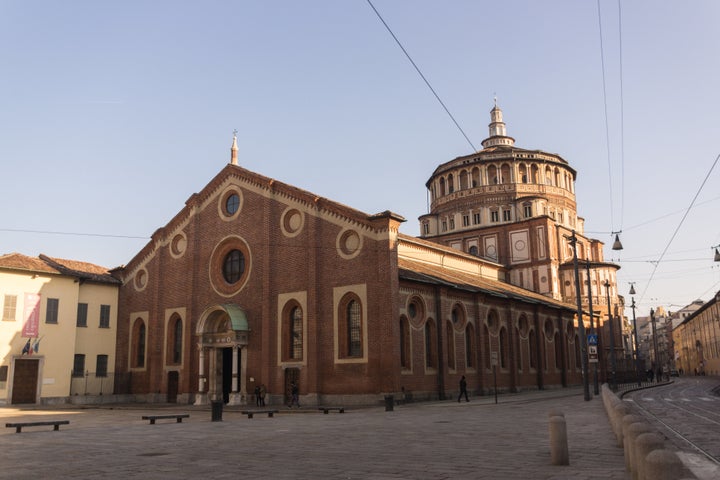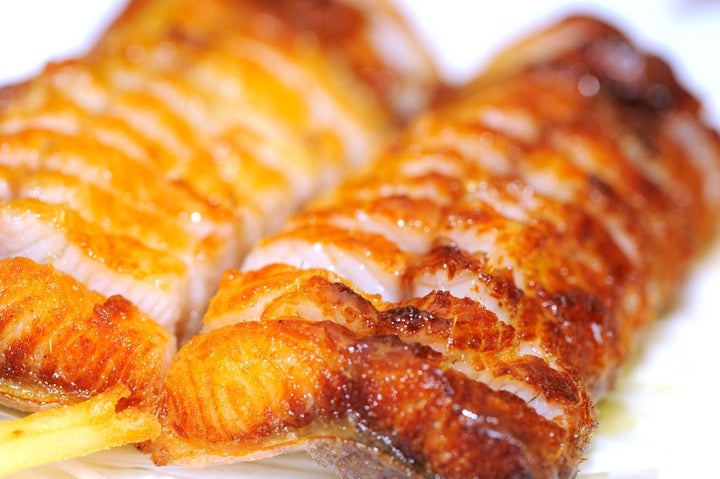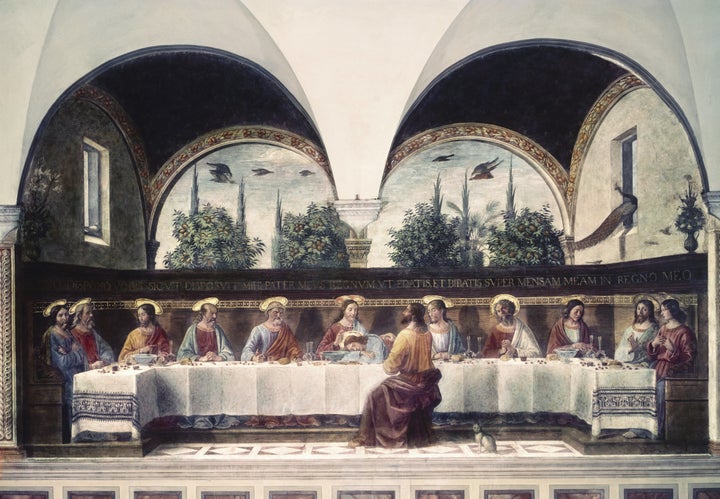
Leonardo da Vinci's "The Last Supper" captures the moment that Jesus Christ revealed that one of his friends would betray him, an act that ultimately led to his death. Every inch of this iconic Renaissance image has been studied by art historians and by conspiracy theorists who are interested in identifying the disciples seated around the table.
But there's another question that some scholars have been investigating: What was on the menu?
In a BBC Radio broadcast that aired on June 14, food writer Stefan Gates traveled to Milan's Santa Maria delle Grazie monastery, where the image is located, to take a look at the meal that the Leonardo painted for Jesus and his disciples.

Pinin Brambilla, who led the team of experts that cleaned and repainted "The Last Supper" over a period of 20 years, believes the dishes on the table are fish. (Fish was also an important symbol of Jesus in early Christian iconography.)
The late John Varriano, a former professor of art at Mount Holyoke College, had a slightly different theory -- one that reveals more about the society that Leonardo lived in than it does about the meal actually served in the Bible. After examining the plates of food laid out on the table, Varriano claimed the meal included grilled eels garnished with a citrus fruit, most likely sliced lemons or oranges.
"I thought, how interesting and how contemporary this is," Varriano said in the broadcast. "Because there's absolutely no justification in the Bible for having eel at the Last Supper. Eel is not kosher after all, and this is supposed to be a Passover."

In a 2008 article published in the food studies journal Gastronomica, Varriano explained that eels were popular in Renaissance Italy during Leonardo's time. A recipe for eels, published in a cookbook that Leonardo once had in his library, describes one method of preparing the dish.
When an eel is captured, skinned and gutted, cut it up into large enough pieces and cook well on a spit near the hearth, with bay leaves and sage placed between the pieces, always moistening the meat with the brine they call salimola. When it is nearly cooked, add some meal or ground bread, sprinkling with cinnamon and salt, encrusting it all around. If you want it boiled, cook thoroughly with parsley, sag, and a few bay leaves and cover with verjuice and pepper.

The Last Supper was actually a popular subject for many Renaissance artists. In other versions of the feast, artists have placed crayfish, roast pork and guinea pig on the table.
